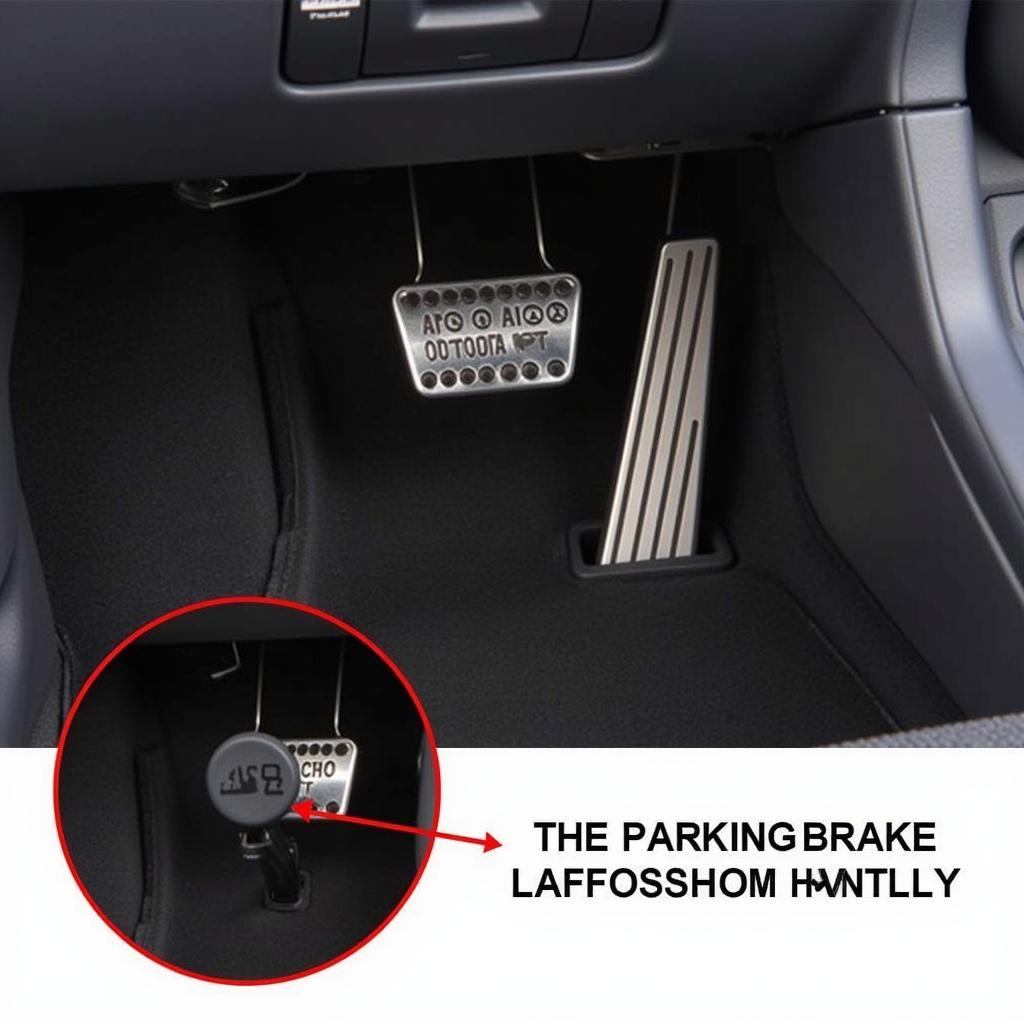Imagine this: You’re heading out for a drive and you discover your car won’t start. You check the battery, the starter, everything seems in order, but the engine remains silent. This frustrating situation could be due to your car’s anti-theft system, specifically, the engine immobilizer, doing its job a little too well.
Understanding the Role of an Engine Immobilizer
An engine immobilizer is a critical component of your car’s anti-theft system, acting as a powerful deterrent against vehicle theft. But how do these systems actually work?
The magic lies in a tiny chip embedded within your car key, known as a transponder chip. This chip contains a unique code that the vehicle’s immobilizer system recognizes. When you insert your key into the ignition or bring a keyless remote near the reader, the immobilizer system sends a signal to the transponder chip. If the chip responds with the correct code, the immobilizer disengages, allowing the engine to start.
Recognizing When Your Immobilizer Is Acting Up
A malfunctioning immobilizer can lead to a frustrating experience, leaving you stranded with a car that refuses to start. Here are some telltale signs that your immobilizer might be the culprit:
- The engine cranks but doesn’t start: This is one of the most common symptoms. You hear the engine turning over but it fails to fire up.
- Immobilizer warning light: Keep an eye on your dashboard. A flashing or illuminated immobilizer warning light (often a car icon with a key symbol) typically indicates an issue.
- Key not recognized: If the system fails to detect the transponder chip in your key, it will prevent the engine from starting.
Troubleshooting and Solutions
When dealing with a potential immobilizer issue, it’s essential to approach the problem systematically.
- Check the Basics: Begin by verifying that your car battery has sufficient charge and the starter motor is functioning correctly. Eliminate these common issues before assuming the immobilizer is at fault.
- Key Fob Battery: If you have a keyless entry system, ensure the battery in your key fob is not depleted. Replace the battery and try again.
- Professional Diagnostics: For more complex issues, seeking professional assistance is recommended. A qualified automotive electrician or a specialized service center equipped with advanced diagnostic tools can accurately identify and address the problem. They may need to reprogram the immobilizer, replace faulty components, or update the car’s software.
Frequently Asked Questions About Engine Immobilizers
Q: Can I bypass the immobilizer system myself?
A: While DIY solutions might be tempting, it’s strongly advised against. Tampering with the immobilizer system can have serious consequences, potentially damaging your vehicle’s electrical system or even rendering it immobile.
Q: What tools are needed to diagnose an immobilizer issue?
A: Diagnosing immobilizer problems often requires specialized equipment and software such as those offered by Cardiagtech. These tools allow technicians to communicate with the vehicle’s computer, read fault codes, and perform necessary programming.
Q: Can I add an aftermarket immobilizer to my older car?
A: Yes, several aftermarket immobilizer systems can provide an extra layer of security to vehicles that don’t come equipped with factory-installed systems.
For a deeper dive into mobile anti-theft solutions and remote diagnostics, check out our articles on How to Enable Anti-theft for Android Using Avast, How to Reset Avast Anti-theft, and How to Activate Avast Anti-theft.


